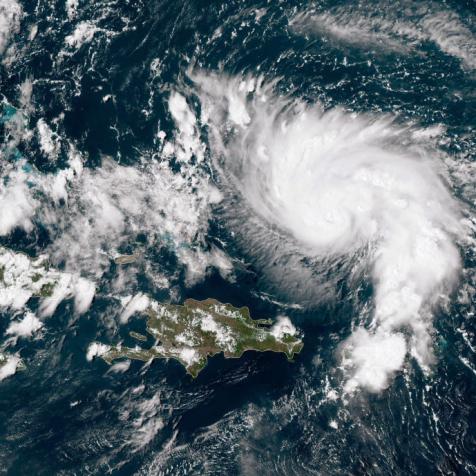
Shutterstock
Here's Why Smells Trigger Such Vivid Memories
Smells have a stronger link to memory and emotion than any of the other senses.
You might have noticed that the smell of grass and rubber cleats can bring back the memory of childhood soccer games in starker detail than watching a home movie of one of those games. Smells have a stronger link to memory and emotion than any of the other senses, and neuroscience may know the reason why.

Getty Images/10'000 Hours
Smells Like Teen Spirit
When you see, hear, touch, or taste something, that sensory information first heads to the thalamus, which acts as your brain's relay station. The thalamus then sends that information to the relevant brain areas, including the hippocampus, which is responsible for memory, and the amygdala, which does the emotional processing.
But with smells, it's different. Scents bypass the thalamus and go straight to the brain's smell center, known as the olfactory bulb. The olfactory bulb is directly connected to the amygdala and hippocampus, which might explain why the smell of something can so immediately trigger a detailed memory or even intense emotion.
But why, if we're such visual creatures, does smell get this elevated status in our brains? Some think it goes back to the way we evolved: Smell is one of the most rudimentary senses with roots in the way single-celled organisms interact with the chemicals around them, so it has the longest evolutionary history. This also might explain why we have at least 1,000 different types of smell receptors but only four types of light sensors and about four types of receptors for touch.
The Ol' Memory Factory
In November 2017, scientists discovered something even wilder about the processes that make odor-linked memories so vivid: The memories may be saved in a part of the olfactory bulb itself. The part responsible is a complex structure called the piriform cortex.
For a study published in the journal Cerebral Cortex, Christina Strauch and Denise Manahan-Vaughan from Ruhr University Bochum in Germany used electrical impulses to try to make new memory connections in the brains of rats. Previous research has shown that these types of impulses can successfully form long-term memories in the hippocampus (remember, that's the brain's main memory center), and the team wanted to see if they could do the same thing in the smell-centric piriform cortex. Drumroll please: They couldn't. Not at first, anyway.
The piriform cortex connects to all sorts of places in the brain, including a higher-level structure called the orbitofrontal cortex. This structure is generally responsible for making judgments about sensory input: this sweater feels good, touch it again; that week-old Chinese food smells off, don't eat it. The researchers tried using the same impulses to stimulate this region, and sure enough, it triggered memory changes in the piriform cortex.
"Our study shows that the piriform cortex is indeed able to serve as an archive for long-term memories. But it needs instruction from the orbitofrontal cortex — a higher brain area — indicating that an event is to be stored as a long-term memory," Strauch said in a press release.
So not only does your brain's smell center connect right to its memory center, but it also stores long-term memories in-house. Go ahead, take a nice long whiff of that old bottle of perfume or the paperbacks in that used bookstore. The memories that come flooding back to you are a happy side effect of the way your brain is wired.
This article first appeared on Curiosity.com.


















